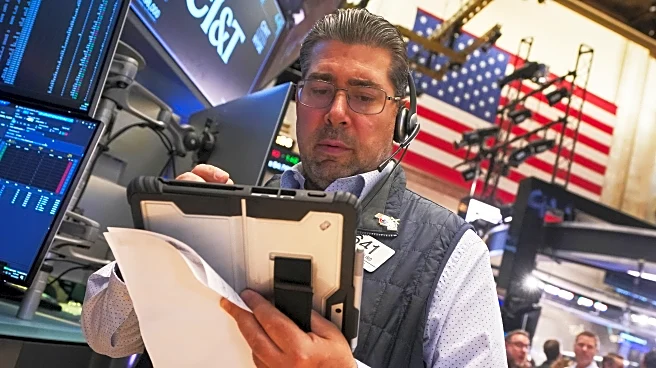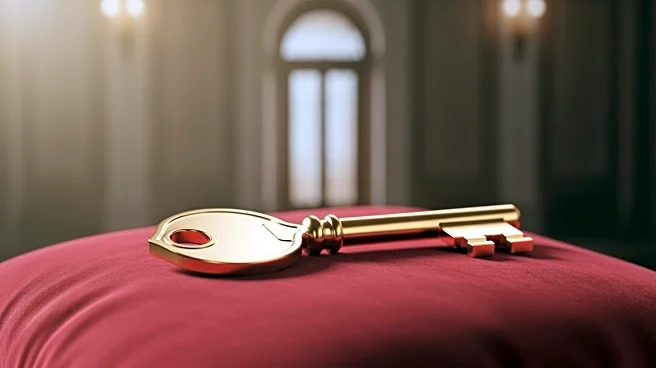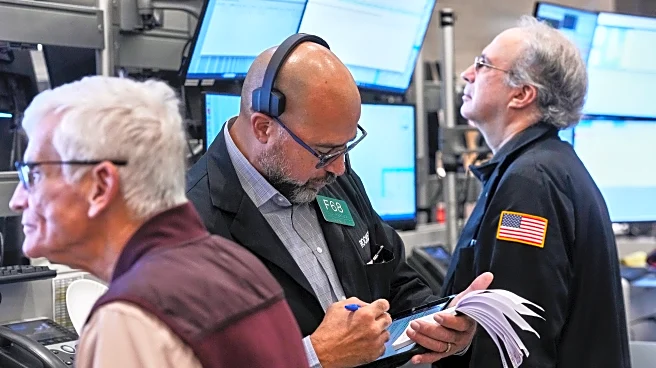What's Happening?
Christie's and Sotheby's, two leading auction houses, are reevaluating their business models in response to a stagnant art market. Both companies are shifting focus from traditional art auctions to a broader range of luxury goods, including jewelry, wine,
and collectible cars. This strategic pivot aims to address declining sales, with Christie's experiencing a 32% drop and Sotheby's a 25% decline between 2022 and 2024. Sotheby's has also made significant real estate investments, acquiring the Breuer building in New York and opening new headquarters in Paris and Hong Kong. Meanwhile, Christie's is expanding its presence in Asia and reinforcing its traditional auction approach. Both companies are leveraging technology to enhance online bidding, which now accounts for a significant portion of sales.
Why It's Important?
The shift by Christie's and Sotheby's to include luxury goods in their auction portfolios reflects broader changes in consumer behavior and market dynamics. As the art market faces challenges from generational wealth transfers and changing tastes, expanding into luxury goods offers a potential growth avenue. This move could attract new clients who may eventually transition to art collecting, thereby revitalizing the auction houses' core business. Additionally, the emphasis on technology and online sales aligns with broader industry trends, potentially increasing accessibility and inclusivity in the auction world. The success of these strategies could set a precedent for other auction houses and galleries, influencing the future of the art and luxury markets.
What's Next?
Both Christie's and Sotheby's are expected to continue refining their strategies to capture a larger share of the luxury goods market. Sotheby's upcoming relocation to the Breuer building and its partnerships with luxury concierge services indicate a focus on creating exclusive experiences for high-end clients. Christie's, while maintaining its traditional auction approach, is likely to explore further expansion in Asia and other emerging markets. The competition between these two giants will likely intensify, with each seeking to leverage their unique strengths to attract consignors and buyers. The outcome of this strategic shift will depend on their ability to adapt to changing market conditions and consumer preferences.
Beyond the Headlines
The strategic changes at Christie's and Sotheby's highlight the evolving nature of the art and luxury markets. As these auction houses diversify their offerings, they may face ethical and cultural considerations, such as the impact of luxury consumption on sustainability and the environment. Additionally, the integration of technology in auctions raises questions about data privacy and the role of artificial intelligence in valuing art and luxury items. These developments could lead to long-term shifts in how art and luxury goods are perceived and consumed, potentially influencing cultural norms and values.














